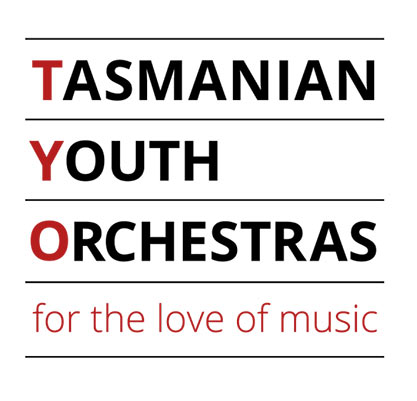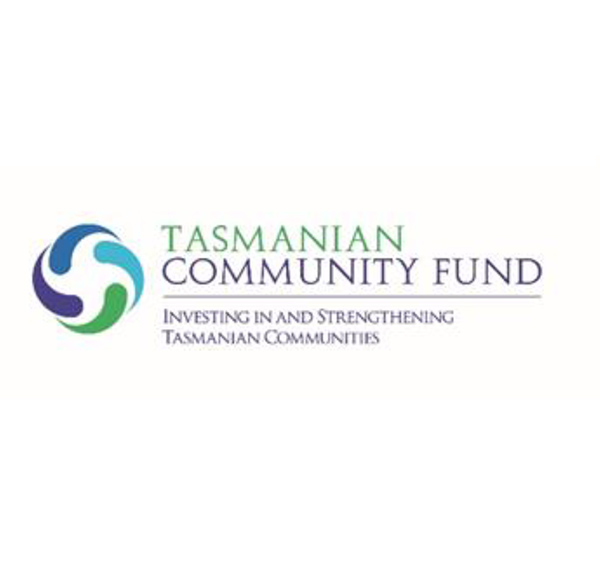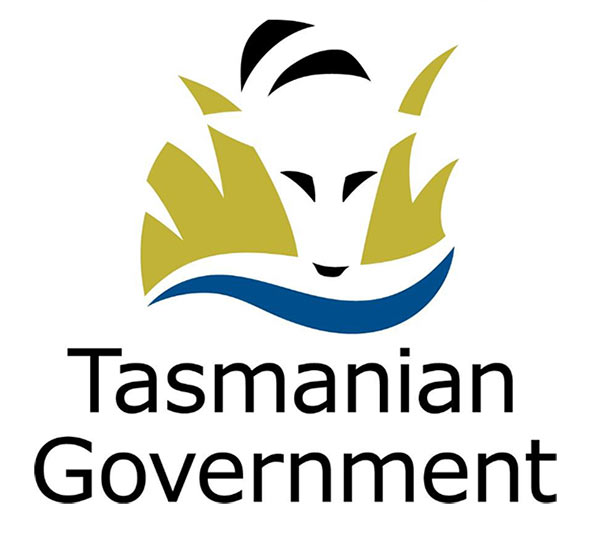Welcome to the Music and Resilience Project
This website is for anyone who teaches ensemble music in schools or community settings, regardless of age or ability. The purpose of this resource is to provide you with practice-led supports to help you to ensure that your ensemble leadership is focused on and generative of resilience amongst your players. This resource will be useful to any ensemble context regardless of makeup or location.
The resource has been developed using data collected by University of Tasmania researchers from the Tasmanian Youth Orchestras (TYO) between 2021 and 2022, including Facebook posts and individual interviews collected from players, managers and conductors.
Driven by grass roots social needs, this project sought to understand what TYO does to facilitate resilience in young Tasmanians. Working together we developed and trialed resources for teachers and youth workers from other organisations to use in intentionally developing resilient young people across Tasmania and beyond.
Please note that according to ethical requirements all participant names used here are pseudonyms.
The Learning Disposition Wheel
Following our analysis of Facebook posts and interviews we developed this resource around the Learning Dispositions Wheel (Jefferson & Anderson, 2017) who write that, “learning in and through the Wheel dispositions is a continual deepening of lifelong learning practices, made appropriate for any age of learning throughout life” (p. 80). Learning dispositions are our attitudes and approaches to learning. The learning disposition wheel highlights three domains of learning and nine dispositions as follows.
Cognitive Domain
Research about resilience offers two distinct approaches: the psychological and the sociological. This research takes a sociological approach which includes “an agentive assumption with human agency contributing to resilience development” (Shaikh & Kauppi, 2010, p. 156), and understands that an individual’s agentic capacities are shaped by their environments, networks and relationships (McLeod, 2017).
Theories of resilience point to the importance of “prosocial” involvement that can build identification with the community through positive role models of adult leaders and peers, the opportunity to explore talents and experience successes establishing assets in behaviour and thought patterns that can underpin responses to adversity (Zimmerman, Stoddard, Eisman, Caldwell, Aiyer, & Miller, 2013). Researchers posit that the actions of managers, teachers and players all contribute to networks of agentive behaviour that enable resilience, these are referred to by Zarobe and Bungay (2017) as “intrinsic” (to the self) and “extrinsic” factors (p. 338).
This research offers a counter-narrative to populist characterisations of ‘resilience’ that sometimes position individuals negatively, essentially blaming them for lacking a capacity - resilience (Fullagar, 2018; James, 2018). James (2018) suggests that it is the “social wraparound of kindred capacities of reciprocity, flexibility, adaptation, receptiveness, care and trust” (np) which is missing from these characterisations of resilience. Young people themselves may also not perceive resilience in terms of an innate or buildable characteristic but rather as a key outcome of the subjective and intersubjective processes involved in successfully negotiating and managing identity (Van Katwyk & Seko, 2019). It is the agentic and multi-layered aspects of this “social wraparound” which this research seeks to explore.
Contact
Please contact Bill.Baker@utas.edu.au if you have any queries.
References and further reading
- Duckworth, A. L., Peterson, C., Matthews, M. D., & Kelly, D. R. (2007). Grit: Perseverance and passion for long-term goals. Journal of Personality and Social Psychology, 92(6), 1087–1101. https://doi.org/10.1037/0022-3514.92.6.1087
- Fullagar, S. (2018). Beyond Bouncing Back: The ‘Cruel Optimism’ of Resilient Selfhood in Women’s Recovery from Depression. In D. Rowe, R. Dobson & H. Barcham (Eds.), The Occasional Papers, Institute for Culture and Society (tOPICS), 9(1). DOI: http://doi.org/10.26183/5bb58426ca649
- James, P. (2018). Can There Be such a Thing as Positive Resilience? Re-embedding Resilience in the Capacity for Sustainability. In D. Rowe, R. Dobson & H. Barcham (Eds.), The Occasional Papers, Institute for Culture and Society (tOPICS), 9(1). DOI: http://doi.org/10.26183/5bb58426ca649
- Jefferson & Anderson (2021). Transforming Schools: Creativity, critical reflection, communication, collaboration. Bloomsbury Academic.
- McLeod, K. (2017). Wellbeing Machine: How Health Emerges from The Assemblages of Everyday Life. Durham: Carolina Academic Press.
- Shaikh, A. & Kauppi, C. (2010). Deconstructing Resilience: Myriad Conceptualizations and Interpretations, International Journal of Arts and Sciences 3(15), 155-176.
- Van Katwyk, T., & Seko, Y. (2019). Resilience Beyond Risk: Youth Re-defining Resilience Through Collective Art-Making, Child Adolesc Soc Work J 36, 609–619.
- Zarobe L. & Bungay, H. (2017). The role of arts activities in developing resilience and mental wellbeing in children and young people a rapid review of the literature, Perspectives in Public Health 137(6), 337-347.
- Zimmerman, M. A., Stoddard, S. A., Eisman, A. B., Caldwell, C. H., Aiyer, S. M., & Miller, A. (2013). Adolescent Resilience: Promotive Factors That Inform Prevention. Child development perspectives, 7(4), 10.1111/cdep.12042. https://doi.org/10.1111/cdep.12042
Project supported by
Supported and funded by the University of Tasmania, the Tasmanian Youth Orchestras, the Tasmanian Community Fund, the Tasmanian Department of Education and the Australian Strings Association.
The University of Tasmania research team would like to thank our industry partner Tasmanian Youth Orchestras for their collaboration at all stages of this practice-based research project. Particularly we acknowledge the valued contributions of the TYO Board, Kyna Hart (General Manger), administrators, conductors, tutors and players.
We would also like to thank Professor Michael Anderson (University of Sydney, and 4C Transformative Learning) for his mentoring of our team over the course of the project, and Dr Miranda Jefferson (4C Transformative Learning).
And finally we would like to acknowledge our financial supporters: the Tasmanian Community Fund, the Tasmanian Department of Education, the Australian Strings Association, the Tasmanian Youth Orchestra and the University of Tasmania (both in kind support).


